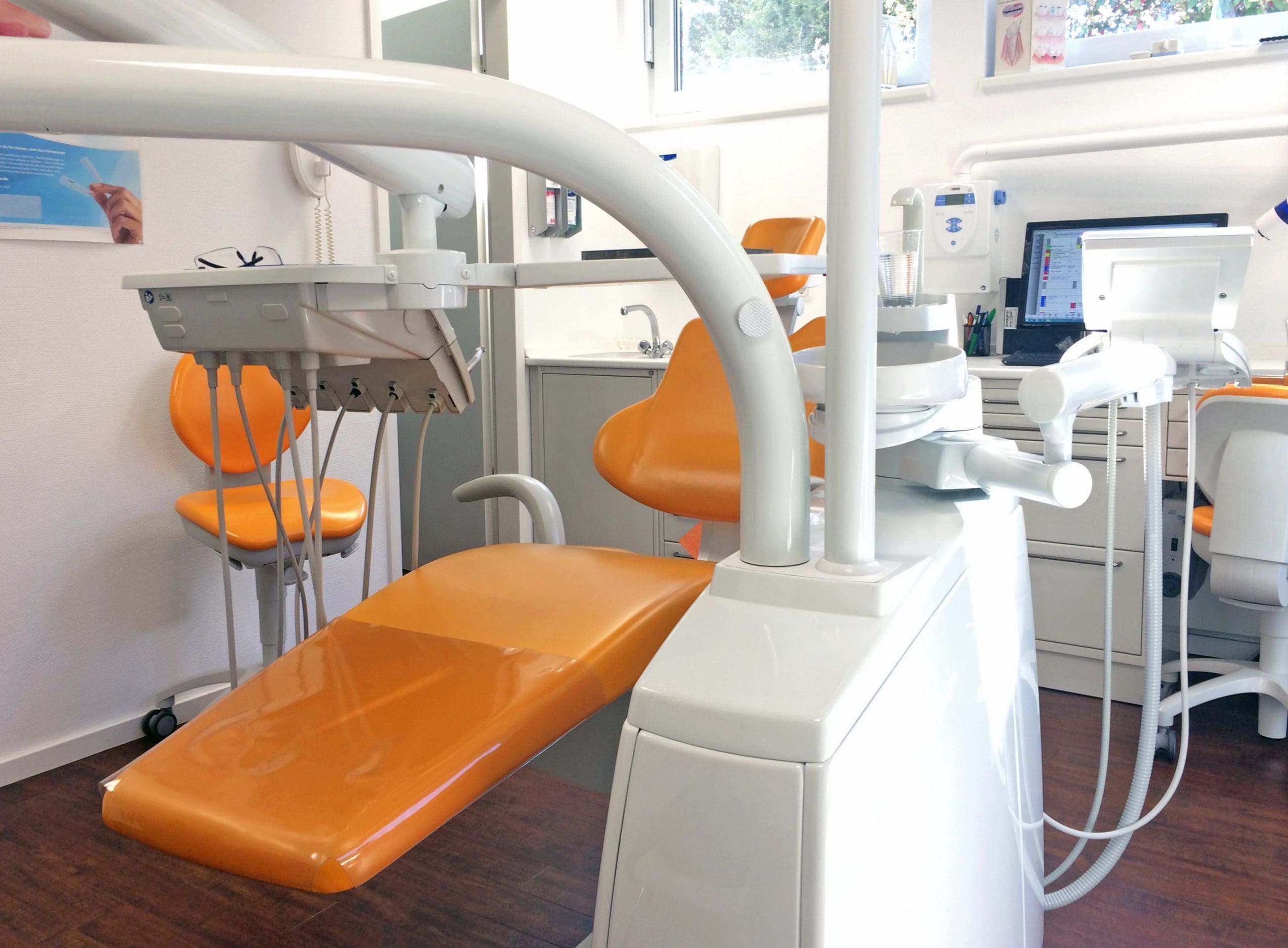Are you curious about how Digital X-rays technology is evolving in the modern medical landscape? Recent advancements have significantly enhanced image quality and reduced exposure times, making diagnostic processes quicker and more efficient. These improvements are pivotal in aiding healthcare professionals to achieve more accurate diagnoses and better patient outcomes.
Digital X-rays Technology: Enhanced Image Quality and Resolution
Digital X-rays technology has significantly evolved, offering enhanced image quality and resolution that surpasses traditional film-based systems. This advancement is crucial in various fields, particularly in medical diagnostics, where clearer and more detailed images allow for better analysis and understanding of the human body. The improved resolution helps in identifying minute details, making it easier for professionals to detect abnormalities at earlier stages.
The shift from analog to digital systems in X-ray technology not only enhances image quality but also contributes to faster processing times, thereby streamlining workflow in busy environments. As digital images can be easily stored and shared electronically, the efficiency of medical procedures and patient care has greatly improved. For a deeper understanding of how this technology works, consider reading Digital X-rays explained: A Quick Guide.
Reduced Radiation Exposure Techniques
One of the significant advancements in digital X-rays technology is the development of reduced radiation exposure techniques. These innovations are crucial as they help minimize the amount of radiation patients are exposed to during diagnostic procedures. The focus on reducing radiation is a response to growing awareness and concern over the potential long-term effects of radiation exposure. By leveraging more sensitive digital detectors and sophisticated software algorithms, modern digital X-ray systems can capture detailed images with significantly less radiation compared to traditional methods.
The evolution of digital X-rays technology continues to enhance the safety and effectiveness of radiographic diagnostics. With ongoing research and development, these systems are becoming increasingly refined, ensuring that the balance between image quality and radiation safety is optimized. If you’re considering utilizing these advanced diagnostic tools, you might want to Book Your Fort Worth Digital X-Ray.
Portable Digital X-ray Systems
Portable digital X-ray systems represent a significant advancement in digital X-rays technology, enhancing the flexibility and efficiency of diagnostic imaging. These systems are designed to be easily transported and used in various settings, from hospital rooms to remote clinics, facilitating immediate medical evaluation. The mobility of these devices supports a wide range of medical professionals in achieving quicker, more accurate diagnoses without the constraints of traditional, stationary X-ray equipment. This adaptability not only improves patient care but also expands the capabilities of healthcare providers to meet diverse clinical needs.
Integration with Telemedicine Platforms
The evolution of digital X-rays technology has seamlessly aligned with the growth of telemedicine platforms, enhancing the capabilities of remote diagnostics and patient management. This integration allows healthcare providers to access and review digital X-rays from virtually anywhere, facilitating timely consultations and discussions among specialists without the need for physical transfer of images. Such advancements in digital X-ray technology not only streamline the process but also expand the reach of medical services to underserved areas. For those seeking dental services, Mira Vista Dental Associates exemplifies how Fort Worth Dentist can leverage these technologies to improve patient care.
Real-Time Imaging Processing Algorithms
Real-Time Imaging Processing Algorithms are a significant advancement in the field of digital X-rays technology. These sophisticated algorithms enhance the speed and accuracy of image processing, allowing for clearer and more detailed visualizations of internal structures in real-time. This development in digital X-rays technology supports a wide range of applications, improving the efficiency of diagnostic procedures and contributing to more informed decision-making in various medical contexts. The integration of these algorithms represents a pivotal step forward in the evolution of medical imaging technology.
Advances in Pediatric Imaging Technology
The realm of pediatric imaging has seen significant enhancements thanks to the latest advances in digital X-rays technology. This modern approach not only reduces the exposure time to radiation, crucial for the safety of young patients, but also provides clearer, more detailed images that are essential for accurate diagnoses. Innovations such as faster image processing and enhanced digital storage capabilities allow healthcare providers to access and share diagnostic information more efficiently, leading to quicker treatment decisions and improved patient outcomes. These technological advancements are transforming pediatric care, making digital X-rays an indispensable tool in children’s healthcare diagnostics.
Cloud Storage for X-ray Data
The integration of cloud storage solutions in Digital X-rays technology marks a significant advancement in the medical imaging field. By leveraging cloud storage, healthcare providers can now store, access, and manage vast amounts of X-ray data more efficiently than ever before. This technology not only enhances the accessibility of medical images from remote locations but also significantly reduces the costs associated with data storage and maintenance. Furthermore, cloud storage ensures that X-ray data is securely backed up, protecting it against local hardware failures and ensuring compliance with medical data protection regulations. This development in Digital X-rays technology is transforming diagnostic practices, making patient data management both safer and more streamlined.
Artificial Intelligence in Image Analysis
The integration of Artificial Intelligence (AI) in image analysis has marked a significant leap in the field of digital X-rays technology. AI algorithms are now capable of providing more accurate and rapid interpretations of X-ray images, enhancing diagnostic precision and patient outcomes. This technology not only speeds up the process by analyzing vast amounts of data in seconds but also identifies subtle patterns that may be overlooked by human eyes. As AI continues to evolve, its application in digital X-rays technology promises to revolutionize medical imaging by improving the efficiency and accuracy of diagnostics across various medical fields.
Environmental Impact of Digital X-rays
The shift towards Digital X-rays technology marks a significant step forward in reducing the environmental footprint of diagnostic imaging. Unlike traditional film-based X-rays, digital systems do not require chemicals for developing images, which helps in minimizing the hazardous waste associated with radiographic processes. Furthermore, digital X-rays can be viewed instantly, reducing the need for multiple exposures and thus decreasing the amount of radiation used. This not only enhances patient safety but also contributes to a lower environmental impact. By leveraging advanced digital imaging technologies, healthcare providers can achieve more accurate diagnoses while supporting sustainable practices.
Conclusion
Digital X-rays technology continues to evolve, shaping the future of diagnostic imaging. For further inquiries, call us at 817-370-7776 or read our reviews on Google Maps.




